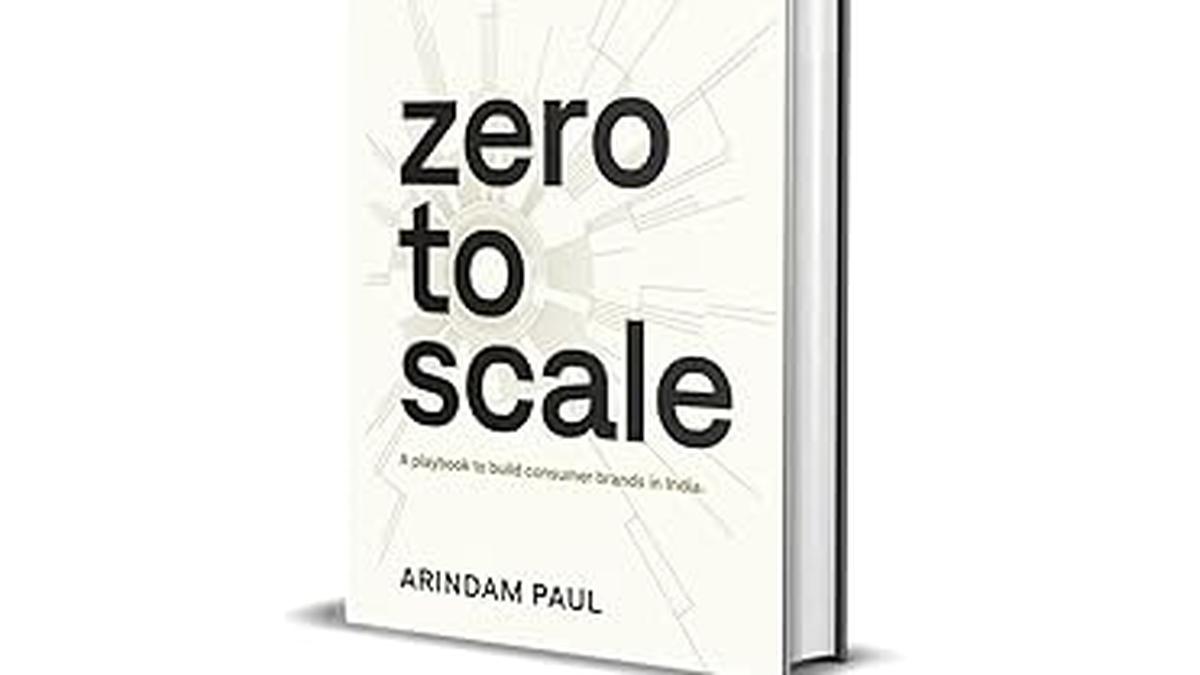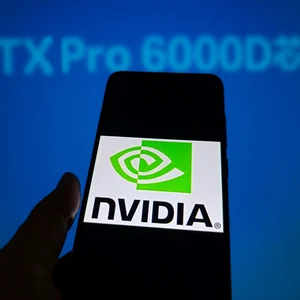
The first thing you should know is that they ran out of copies of this book a couple of days after launch. The last time I heard of such a book phenomenon was The da Vinci Code. Clearly there is a hunger for practical, proven frameworks. And the book delivers on this brilliantly.
Moreover, this is a practitioner’s playbook that has emerged after being put through two quality filters:
One, it’s knowledge distilled from real-world execution. Paul is a part of the founding team of Atomberg. And the mastermind behind its growth from zero to over a thousand crores annually in some ten years. It’s a digital-first brand. So one can see actual consumer behaviour as it happens, in all its many-splendoured glory; and can test alternative ideas and actions in all aspects of marketing virtually instantly.
Two, the ideas have been further refined by test-driving them on social media. Paul has been sharing the ideas in this book on LinkedIn, Twitter / X over the years. There is also a lot of conversation with his followers, who number over 1.5 lakh people. Their comments and feedback add to the relevance and robustness. It’s exactly analogous to how open-source software gets written.
The result is a book that is replete with insight and intelligent instruction. It’s exactly what is needed to help in a marketing battlefield where it’s easy to launch but scaling up is totally fraught.
The run-time code
There are 25 chapters, starting from an overview of the Indian consumer, through finding the right Fit, building Distribution, acquiring Customers, building a Brand and Scaling up, Marketing Research and the Metrics to use for managing the endeavour.
Every chapter reinforces that it’s a practical guide anchored on operational experience. The sections are like: “How to win with Amazon ads”, “When to go Offline”, “What Performance Marketing actually is”, “Why Exclusive Brand Outlets” and so on that stem from deep tactical knowledge.
The back-to-back chapters on Customer Acquisition Basics and on Performance Marketing should be compulsory reading for any growth team.
There is a nuanced analysis and discussion of Acquisition Channels on the two dimensions of ‘How scalable they are’, and ‘How fast they yield results’. Quick question: which are the Acquisition Channels that are both scalable and yield fast results? It’s YouTube, Paid Search, Paid Social and Amazon. Advertising on Amazon and on Q-Com channels is now a marketing discipline. There is a detailed discussion on how to deploy the mix of these elements as you scale from ₹10 crore to ₹100 crore to ₹500 crore.
The chapter on Performance Marketing has some excellent discussion on continuous testing. The ability to see customer behaviour directly enables the marketer to test how a given stimulus works, whether it’s creative content or pack design or even just the page design; and test it at market scale, and not just a sample.
Execution over theory
The focus is on execution over theory; and on ‘what works and how’ over recycled anecdotes and stories that self-styled consultants ply. The book vividly showcase how uniquely powerful practitioner-led knowledge can be, when delivered in the form of an operational playbook with real case studies.It helps to actboth on the success factors(multi-channel distribution, consumer insights) and the modern challenges that a consumer brand faces (Q Commerce, the complexities of Omni channel marketing, security of customer data etc.).
The book relies on the experience and insights derived from scaling Atomberg and marketing of small appliances. Whence the question that’s been asked in some quarters: as to how well these learnings may apply to impulse categories, FMCG, or services.
The ability to do A / B Tests at a scale of hundreds is a superpower that makes this question moot. So, it simply does not matter. All a marketer in such categories has to do is to test the ideas and see what works!
But there is one area where the treatment is missing – namely, MarTech. I can understand that AI is still in its early days, and Marketing use cases are still emerging. So, no coverage. But there are thousands of other MarTech tools.
Here the choice criteria are not clear, the investments require serious budgets, and decisions may not be easily reversible. A chapter on this would have been a great addition to this playbook.
The new paradigm
Freeman Dyson spoke of concept-driven evolutions as distinct from tool-driven evolutions of knowledge and understanding. “Concept-driven evolutions explain old things in new ways. Tool-driven evolutionsenable discover new things that must be explained.” The revolutionary new tool – the telescope – enabled Galileo to discover Jupiter’s moons. It was Newton who later explained these via the concept of gravity.
Marketing has seen a relentless barrage of tool-driven evolution in the last thirty years: the internet, the web, mobile, social, cloud, emergence of ‘retail media’ … all of which have redefined Marketing, and indeed even what a ‘Brand’ is.
The same tools have also enabled practitioner-led knowledge building. Where they learn by doing, by building brands in the trenches, by dealing with evolving consumer behaviour, and tangling with algorithm changes (the change in iOS for instance that had a huge impact on the ability to target on FaceBook).
Arindam Paul and the book are superb examples of this new paradigm in development and diffusion of generalizable, and actionable, insights.
(B. Narayanaswamy is a specialist in consumer behaviour and strategy. He was successively President-, then Consultant in Data Science at Ipsos Research, New Delhi, after their acquisition of Indica Research where he was one of the co-founders. He is based in Bangalore.)
Check the book out on amazon.
Published on September 19, 2025



